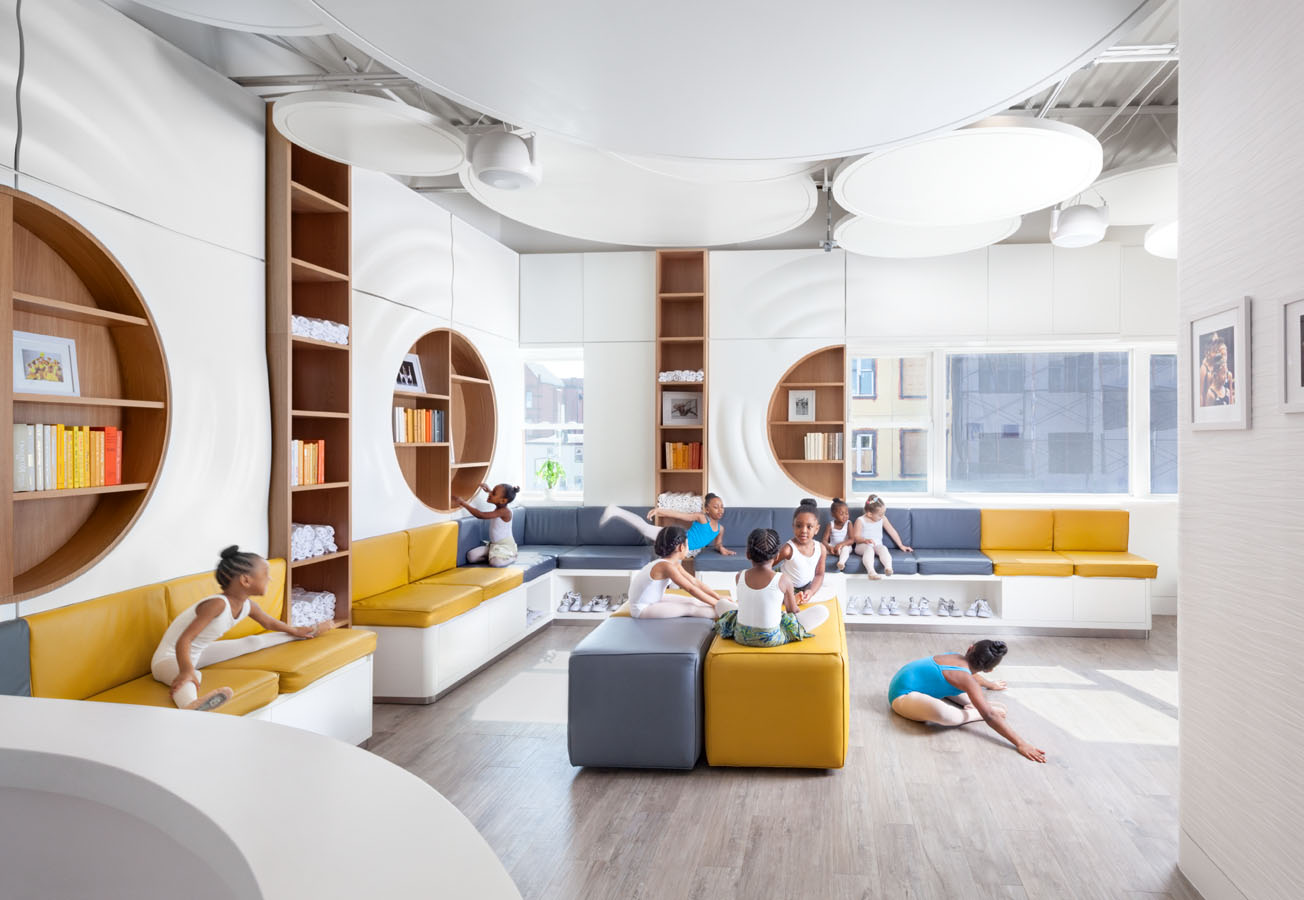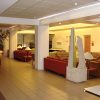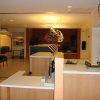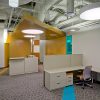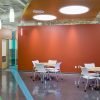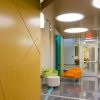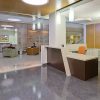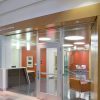
Before June 2008, the first floor of the Arizona Cancer Center’s Leon Levy Building looked like a typical outdated doctor’s office waiting room: white walls, furniture bathed in muted earth tones, a few plants scattered throughout, not too many amenities and beige, lots and lots of beige.
So when it came time to renovate the space, the cancer center, based at the University of Arizona in Tucson, was ready to go in a different direction.
The first floor, which previously functioned as a clinical area, had to be redesigned as research office after the clinic was relocated. The center looked for a design team whose idea meshed with the center’s own goals and requirements for the space.
They looked to Phoenix architecture firm SmithGroup, who not only wanted to renovate the space to make it more modern and efficient, but also wanted to do it in a sustainable way.
David Alberts, a regents professor of medicine at the Arizona Cancer Center, said SmithGroup understood the challenges of the space and worked to incorporate all the needs of the center into the 7320-square-foot area.
“The SmithGroup design concepts of transparency and use of daylight lend themselves extremely well to our ability to continuously build essential team science,” Alberts said.
The use of natural light was integral to the redesign of the area. To that end, SmithGroup designed a bank of modern open offices and group workspaces at available natural light sources, which allowed the architects to filter the light deep into the office suite.
Private offices were constructed using full-height glazing to allow maximum light penetration. This also showed off the welcoming and collaborative nature of the space.
In addition, the existing concrete waffle slab structure and systems were exposed, and the offices were held away from the walls of the building, allowing natural light to spill through and reinforce the connectivity of the space, according to SmithGroup architect Carrie Perrone, who worked on the nearly $2 million project.
While light played a primary role in the design, the architects also wanted to provide a modern feel with a shot of color. The unifying wind color fissures that move through the space provided a sense of connection in a workspace that needed to have a cohesive feel.
The fissures serve as visual connectors and symbolize the flow of information and communication between researchers, faculty and administration, Perrone said.
“I like to think of them as cracks or canyons through a mass that would otherwise not be observed,” Perrone said.
Perrone said that while the building is not LEED certified, every step of the process was done with sustainable concepts in mind.
The architects improved the air quality by using sustainable materials and used the existing heating, ventilation and air conditioning system. Perrone said the idea was to create a healthy, comfortable work environment using different types of lighting, including daylight and artificial light, diffused, direct and fluorescent lighting.
Though the space was easy to work with in many ways, the existing structure did provide its challenges. Existing natural light was very limited, and staying committed to the primary goal of incorporating natural light into the design proved difficult sometimes, Perrone said. Also, as the existing clinical space was being cleared and the space above the ceilings was exposed, the architecture team had to make minor modifications to work within the existing structure.
“It is always a challenge to facilitate change as it relates to how individuals work and experience their space,” Perrone said. “Being flexible with the users and the client while maintaining a design concept is what we do best.”
While the project did run into occasional obstacles, the finished project meets the goals of the cancer center to provide a welcoming, inviting place with a cohesive feel while still maintaining space suitable for research.
“SmithGroup has done an outstanding job of converting a large, unusable open space into the most appealing research space in the cancer center,” Alberts said. “We are finally able to bring together our biostatisticians and bioinformatics research faculty into an inviting, naturally-lighted atmosphere.”
[latest articles]
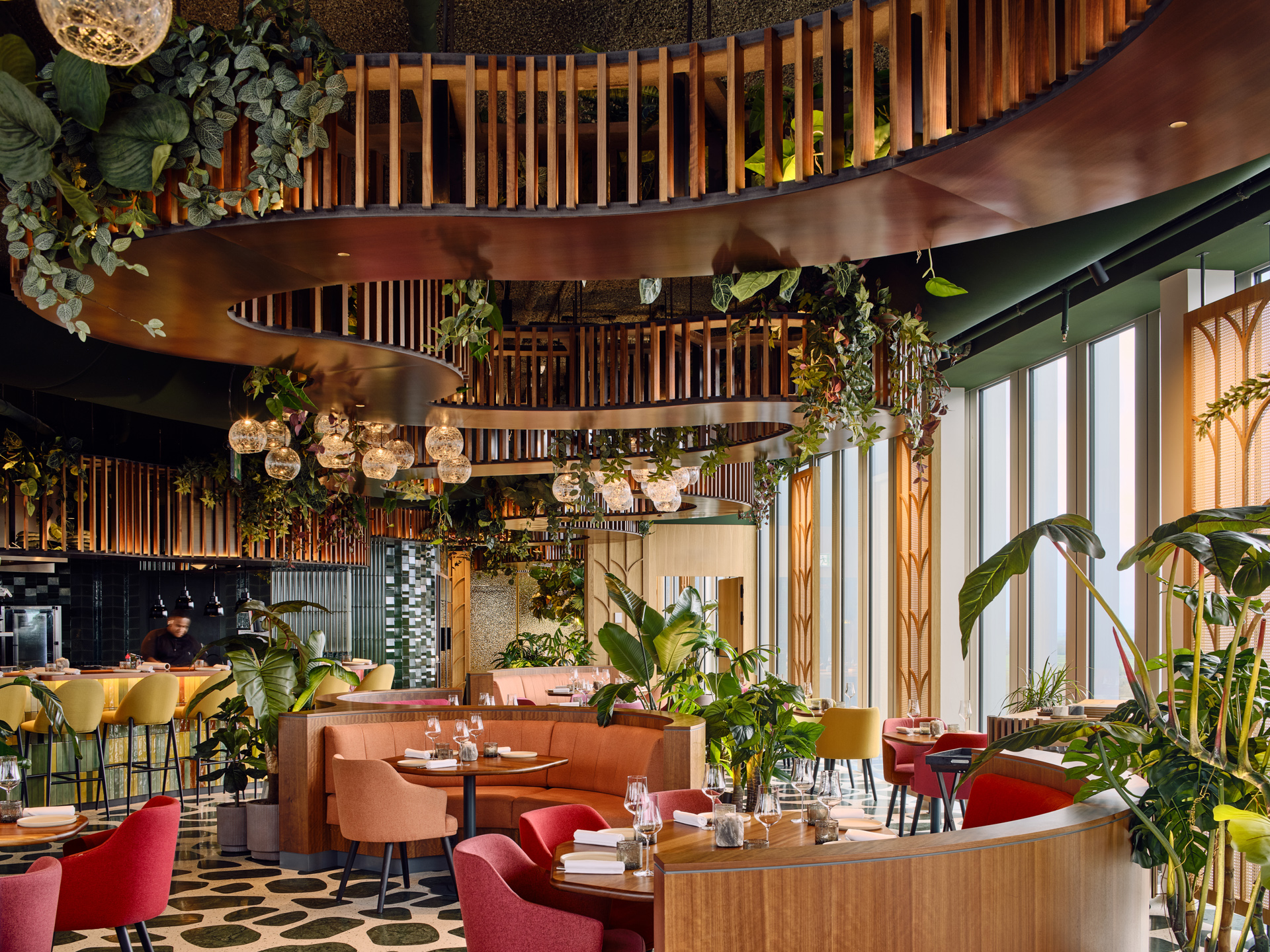
Selva Restaurant: A Design Inspired Dining Experience in Amsterdam
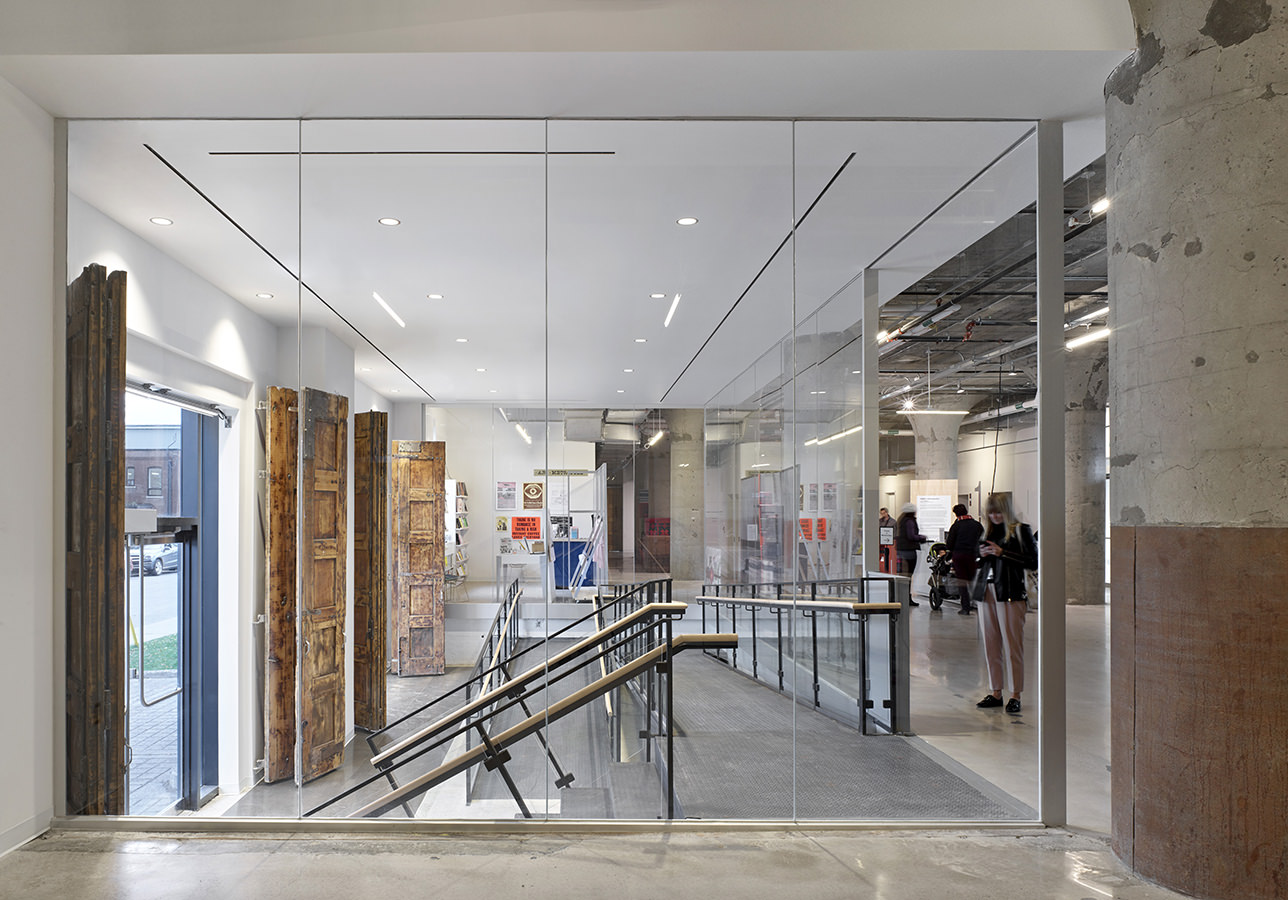
New Home of Toronto’s Museum of Contemporary Art
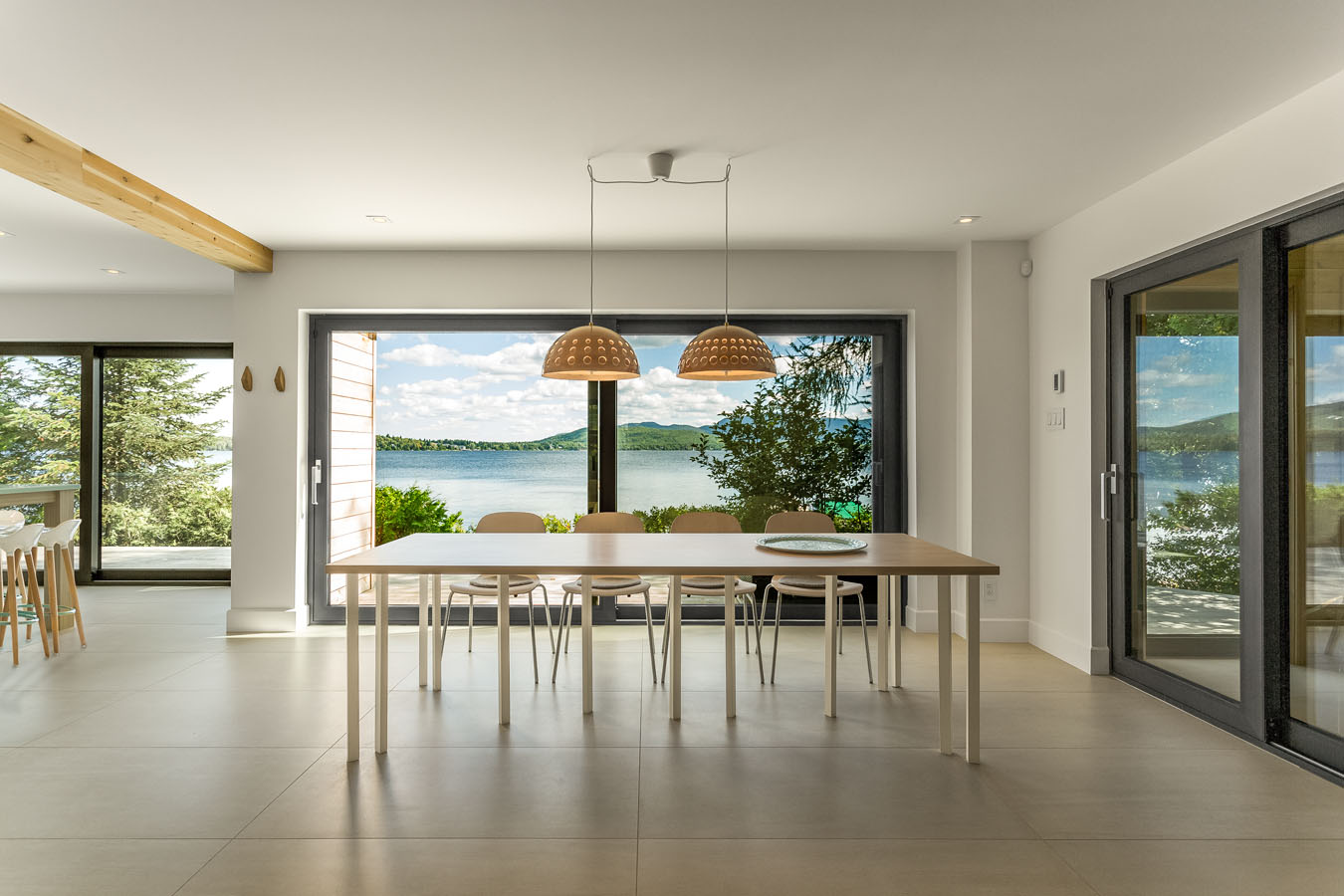
Nordic Architecture and Sleek Interior Design
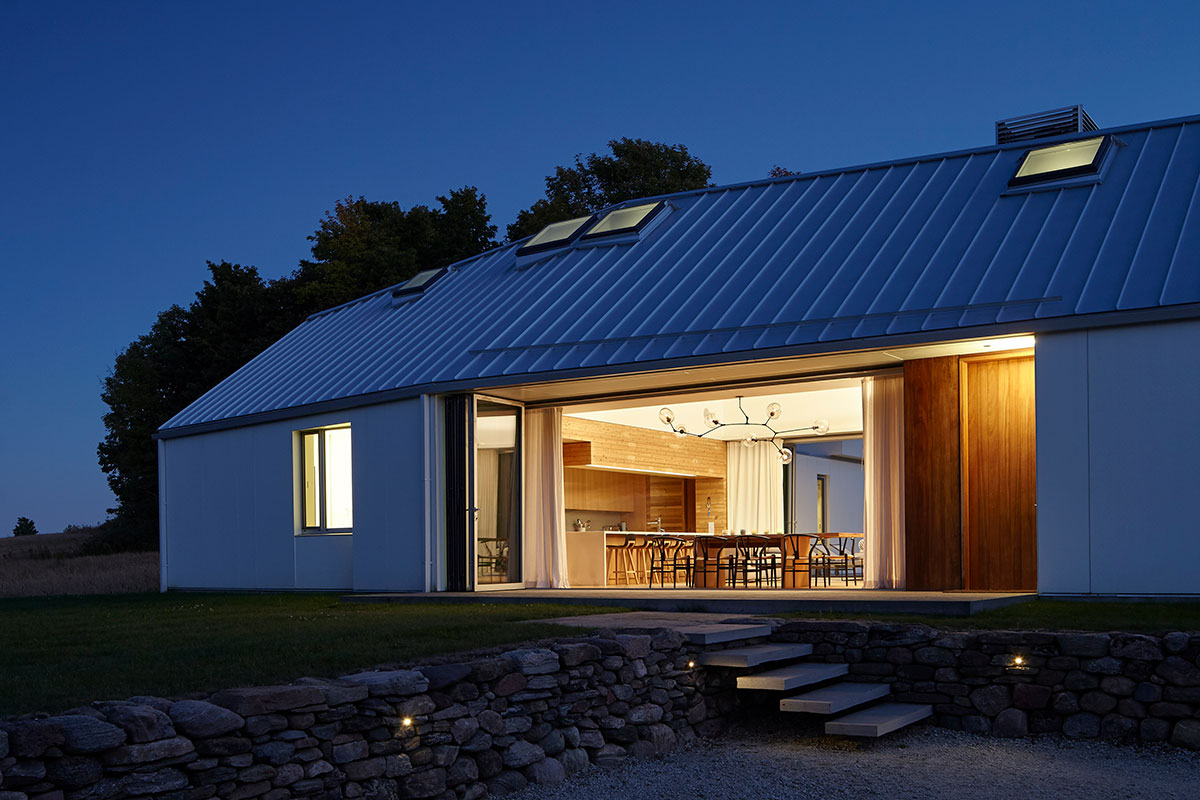
Charting a New Course at Compass House
